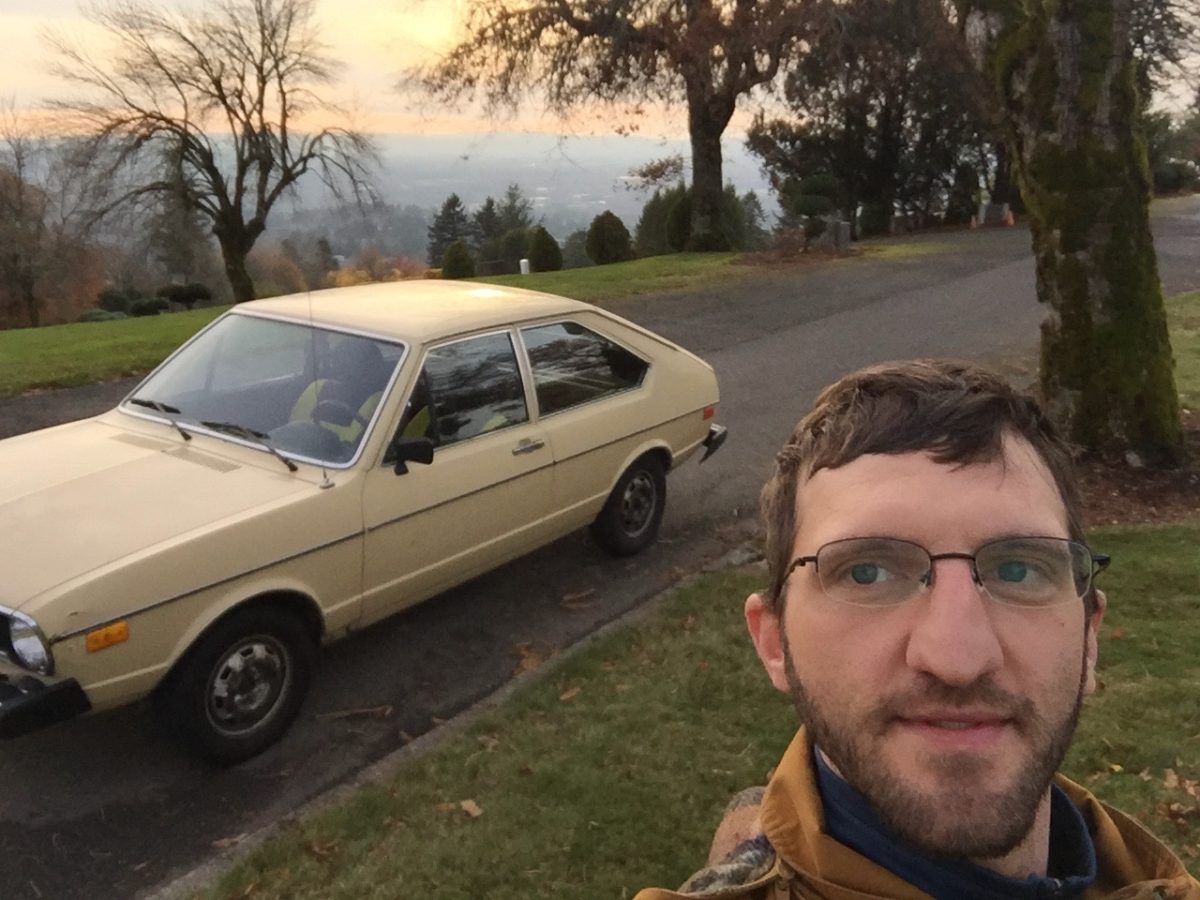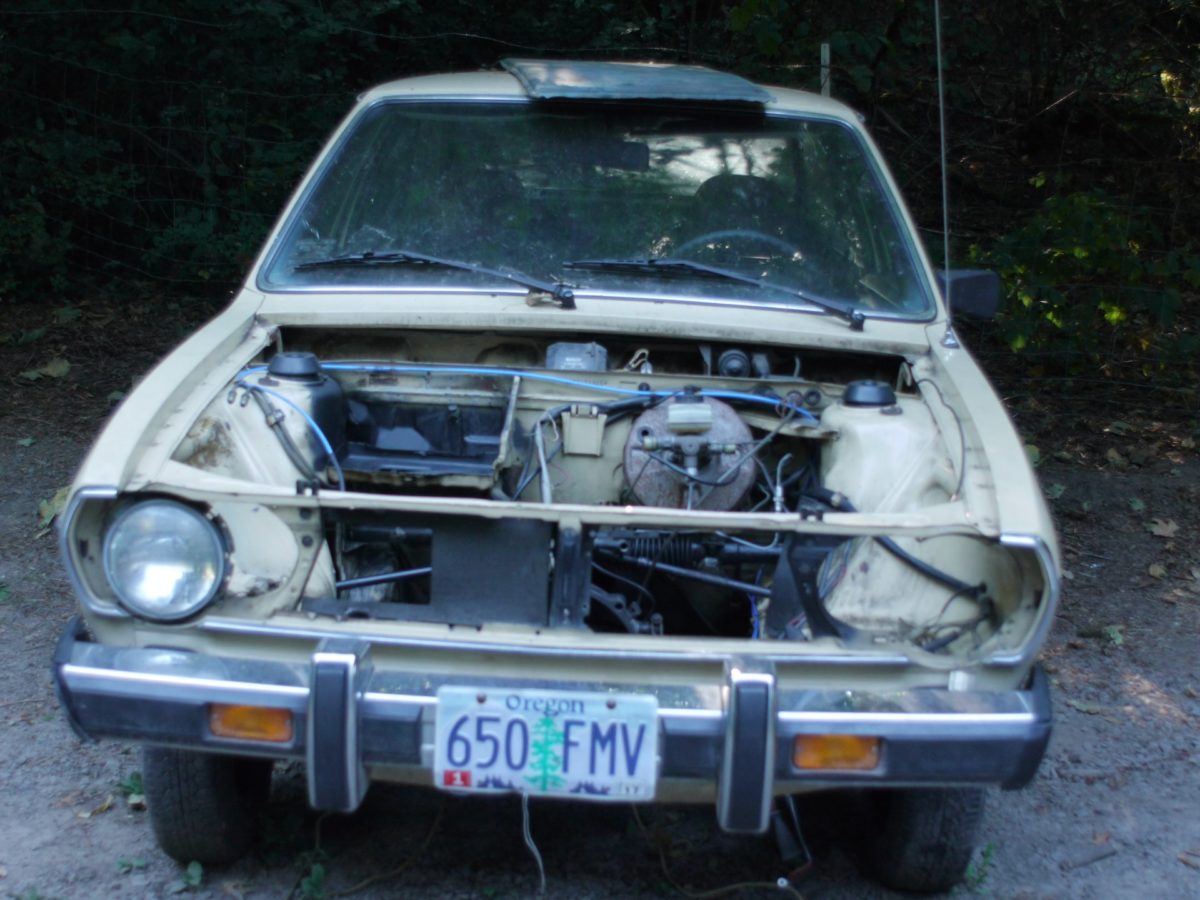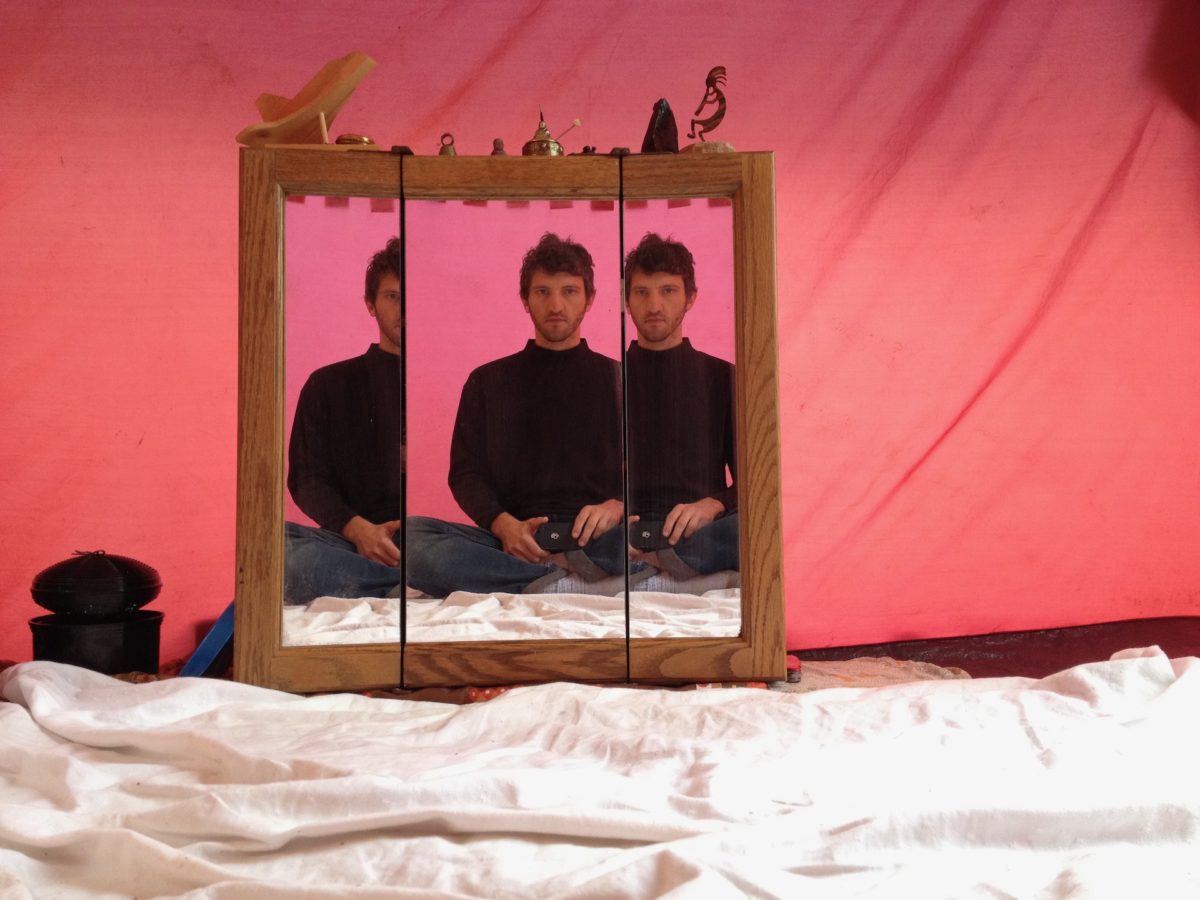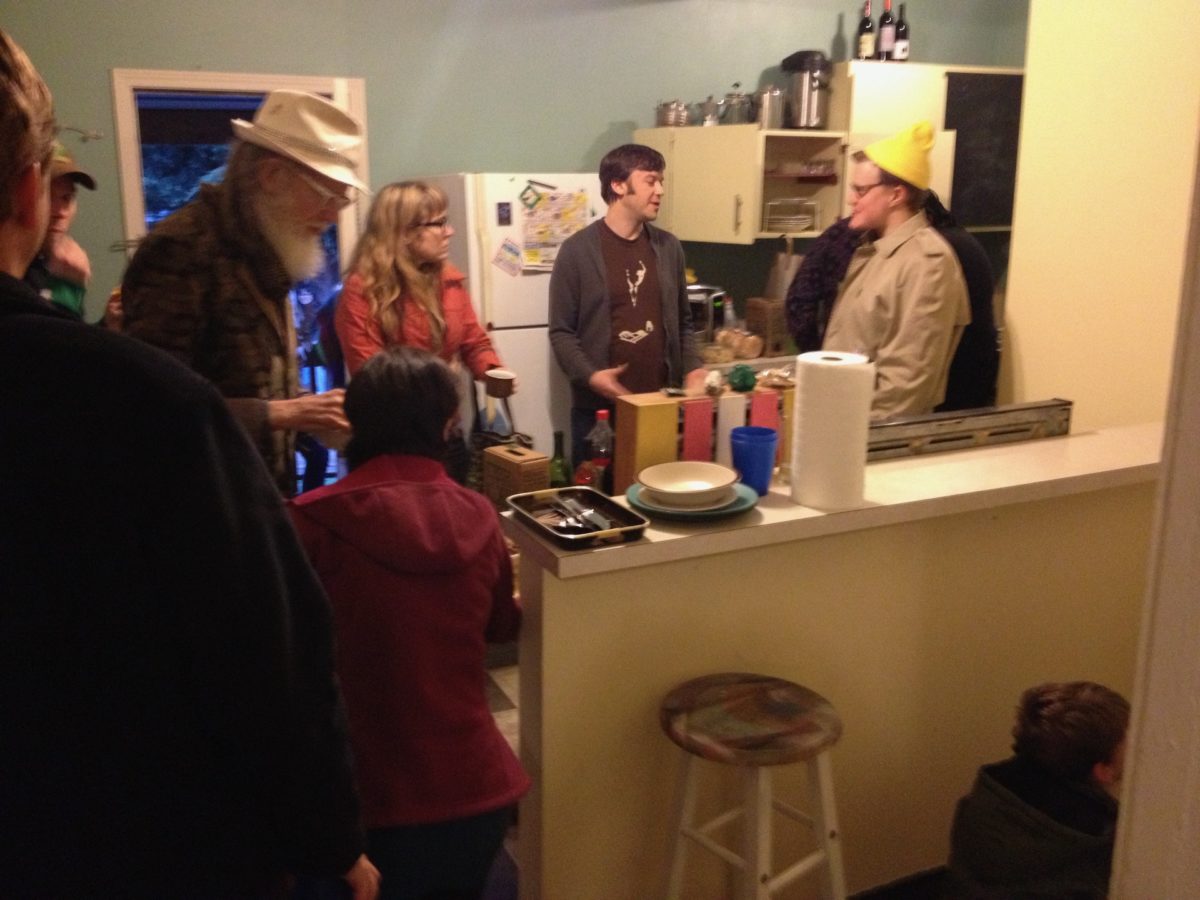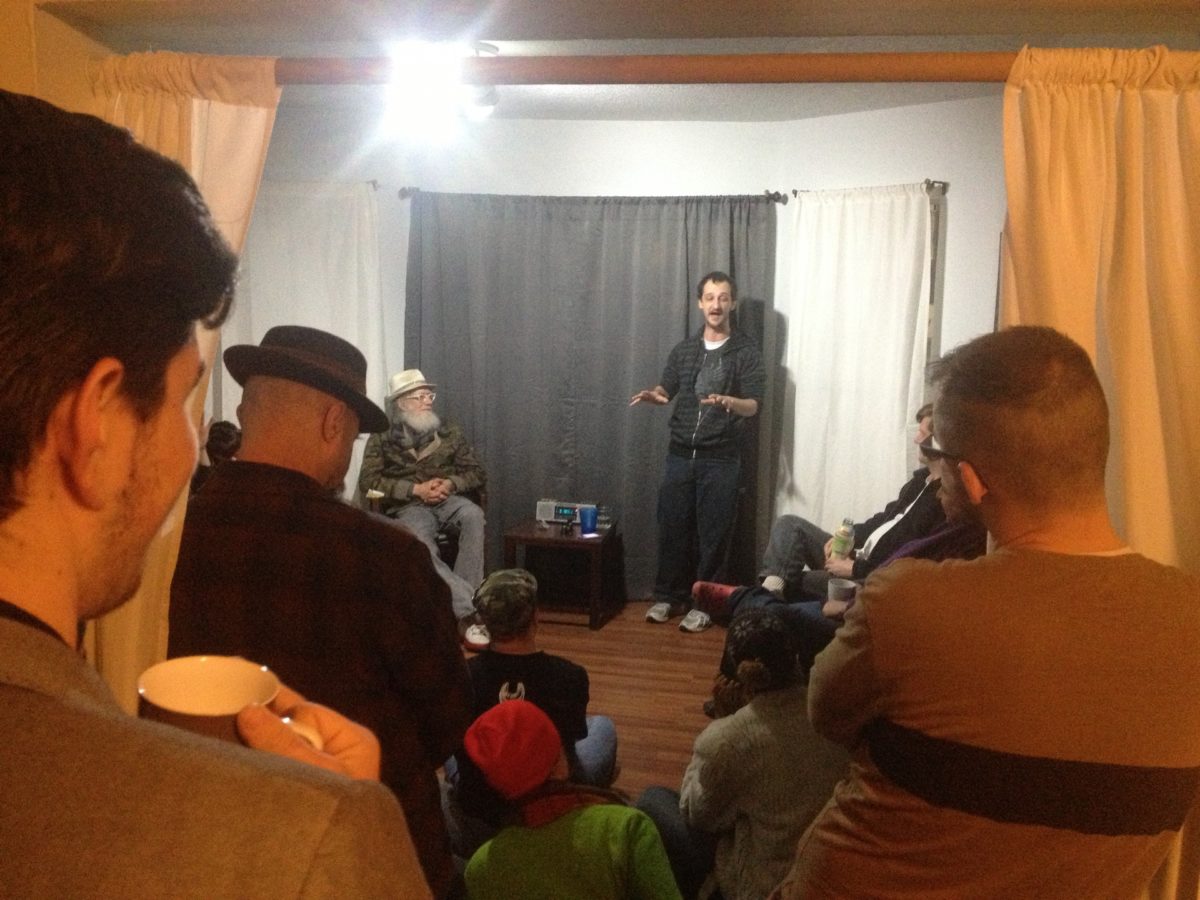About my intimate relationship with a Volkswagen.
Auto mechanical talents run through my genetic code almost as consistently as big noses. My father’s side comes from the Oil City area of Pennsylvania, so named for being the epicenter of the oil boom in America. My mother was born in Detroit. We are always one degree of separation to an autoworker.
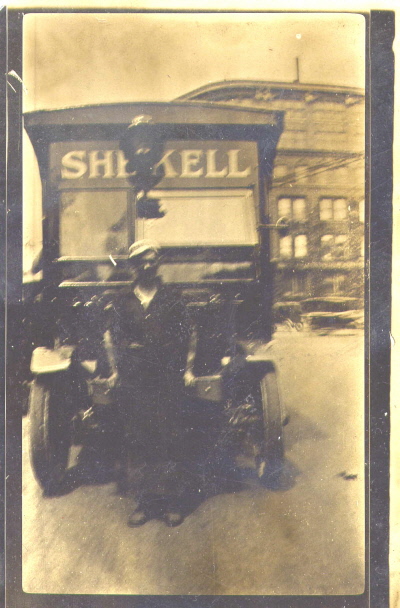
My great-great grandfather stakes claim to having introduced the first motorized moving truck in Detroit, upgrading from a horse drawn trailer for his Shekell Moving Company. My father’s brother is 75 and winning amateur car races at the Tucson Speedway, with his own machine shop bearing the official sponsorship.
My father can drive a car so that it will run 300,000 miles. Somehow even the interiors remain intact. I think he keeps his vehicles together with psychic will and steady routine. That shows an inherent understanding for the car, but using his hands as a technician, that is quite another thing. Truth is he can barely turn a wrench.
The genetic material could not stop itself in me, although I turned out more like my father, an artist. Like him, I love making music and writing, and yet I find myself rebuilding motors too.
Since high school, I’ve been working on my own cars. Gradually, I have drawn down my reliance on other people to repair them, taking on more complex maintenance over time. There was one project that lifted me to the next level: Rudy the Dasher, a 1977 Volkswagen Dasher 2-door Coupe.
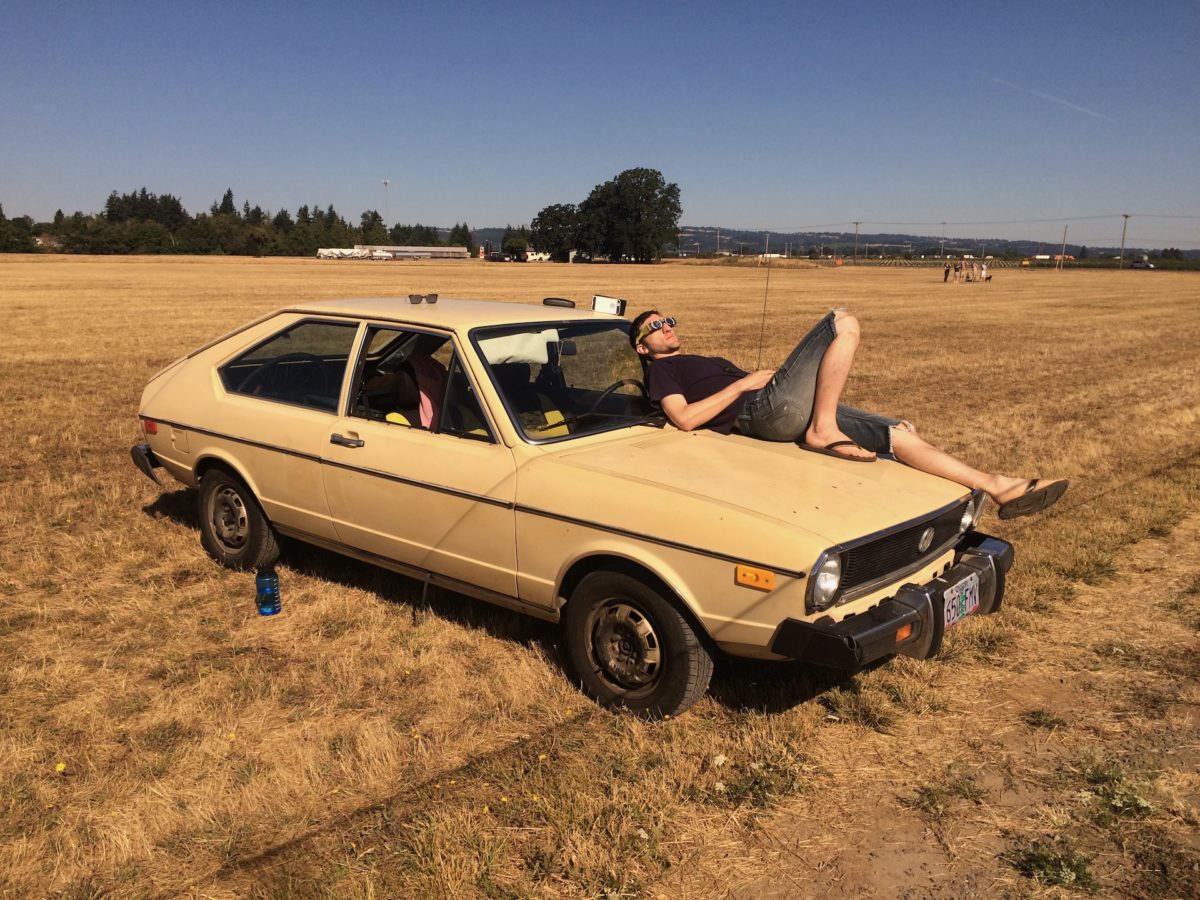
This car was given to me by a good friend, Tony, because it was stuck in his driveway. The classic, but forgotten, VW was his grandfather’s, inherited by his father, then given to him, then given to me. I was honored. Tony just wanted to see the car running again. He tried to maintain it for a while, but it just kept breaking down.
Our mutual friend Doug was our mechanic. He’s also a musician, a multi-instrumentalist in the jazz tradition. I took private piano lessons from him in college. He is a true renaissance man, capable of almost anything. He has always been there to help me on car projects, whether or not I was broke. It was natural to ask him if he would help me with it.
First thing was getting it out of Tony’s driveway. I was living in an apartment downtown, so I asked my new-at-the-time-girlfriend, Kate, if I could tow it to her house and work on it there. She kept the housemates at bay, but I had to work in the street. I found a cheap Craigslist tow driver for 50 bucks and that was that.
Second thing was to clean it out. It was taking on water thanks to dry rotted gaskets around the glass. It was molding all through the interior. Luckily, it was almost completely surface level, and the rust had not yet eaten through anything. Kate helped and we got it clean.
The more I learned about the Dasher, I couldn’t understand how dime-a-dozen VW bugs were so valuable to auto collectors, while this unique, historic car was totally ignored by them. It was the first modern car by VW, introduced in 1974, it is actually the Passat — Dasher is the American model name.
Even in mint condition, this Dasher would not sell for as much as a bus, bug, or Ghia, in poor condition. So it was a labor of love, because I thought this car was too cool to be junked.
After cleaning it out, I had to get it to run. You have air, spark, and fuel. When you are starting from scratch, you have to troubleshoot everything. And it turned out everything was wrong.
Read into the deeper technical stuff on my portfolio page here. See an archive post in which I look to Rudy as a case study in the true environmental impact of cars and the importance of maintaining them. Kate even wrote a poem dedicated to the car, also for THRU.

We named it Rudy. I gave it a full name: Rudolph Spirit Walton. Let’s break that down. Rudy because it is an underdog, like the football film Rudy. Rudolph honors the reindeer, because VW collectors have been snubbing it from their reindeer games (irony that its factory name is Dasher, I know). Spirit because in Portland, “Spirit of 77” refers to the only year the Portland Trailblazers won the NBA Finals (against Philadelphia). Walton because Bill Walton was MVP that year.
Once it was running, I just kept working on it. For almost three years, this remained my daily driver. When it was tuned up, even with its flaws, it had a glide to it. My favorite was to drive in the farmlands over the Northwest hills of Portland, all connected to Skyline Boulevard.
Skyline is an old residential highway tracking the summit of the mountain dividing Portland from her western suburbs. With rack and pinion steering, you turned the wheel with the road in a way that feels one with its curves, accelerating and coasting in third gear gave just enough range to make most turns without downshifting.
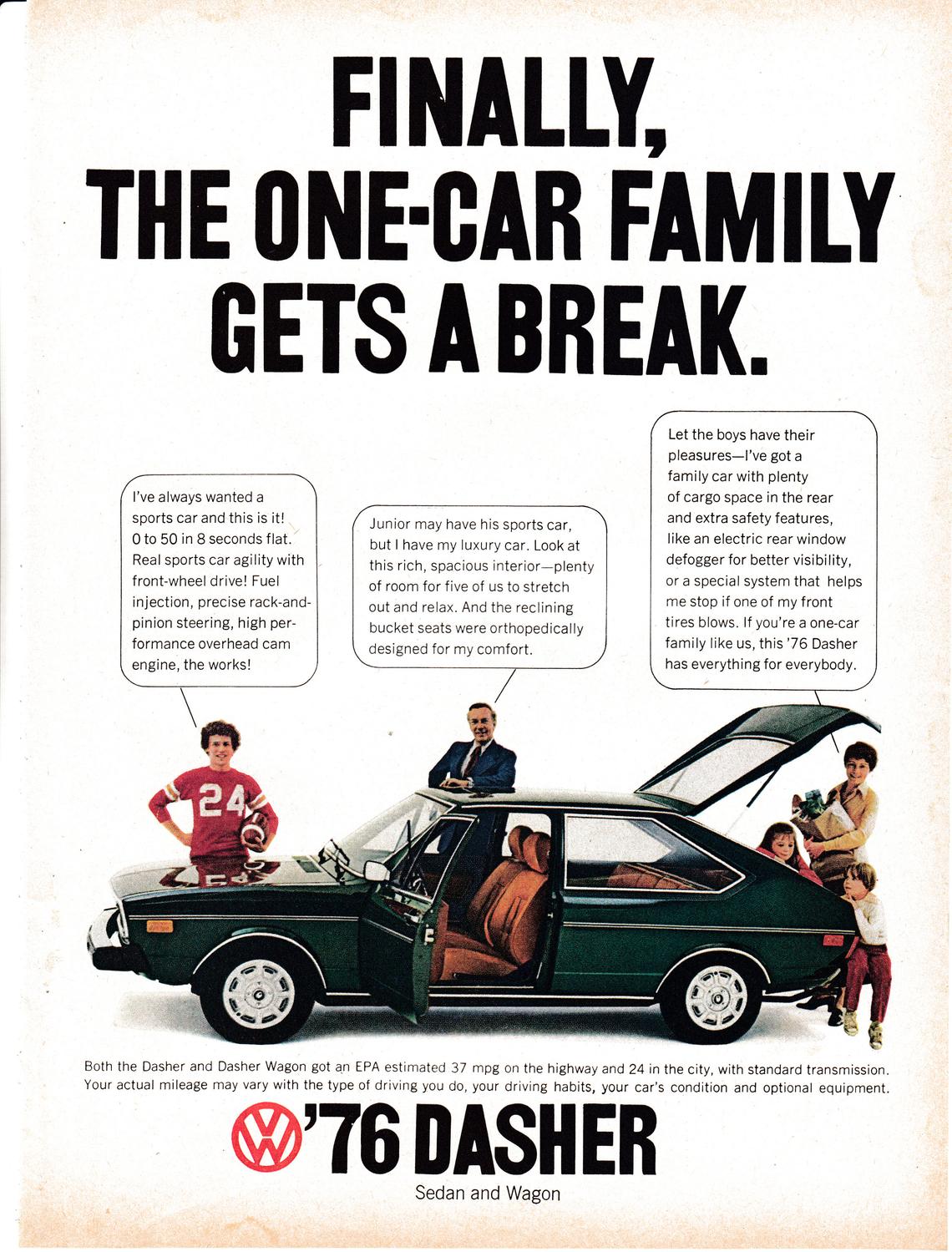
It didn’t have fast acceleration with 84 horsepower, but it had smooth acceleration and would build momentum, getting from zero to 60 faster by the moment. The motor has a Porsche-like growl about it. It was marketed as a luxury car and it felt like one, despite the cracks in the dashboard and flickering lights.
Problems were always popping up. It became a part-time job that wasn’t paying off. Kate was beginning to lose patience with it, and with me, by late 2015. That was a rough year in general, and it cost me so much time, money, and energy, that it seemed foolish to go on with it. I tried to sell it, but its title was stolen out of our storage locker and I couldn’t afford to replace it. Really, that year was traumatic on the whole.
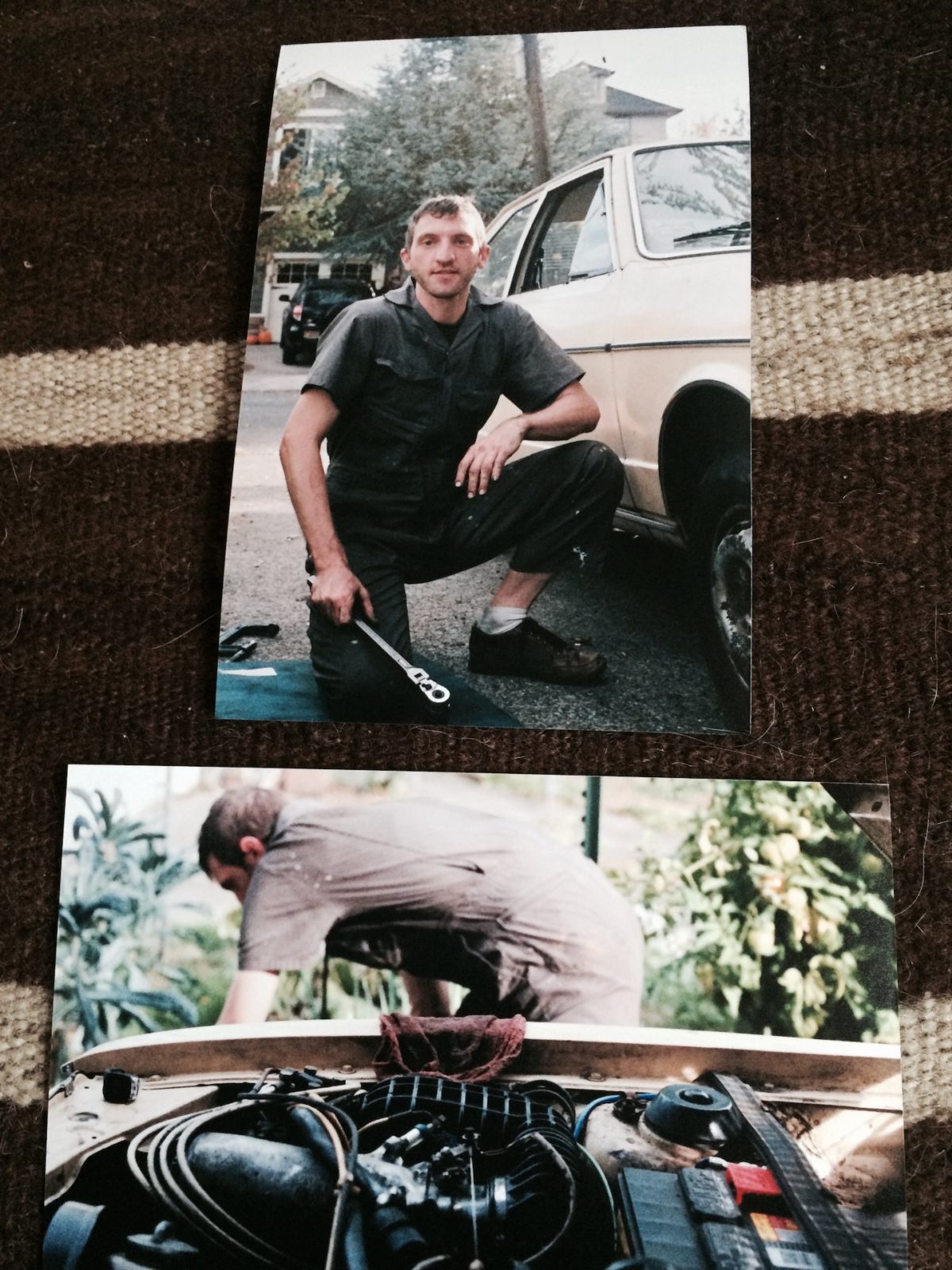
We survived it. Relationships are difficult but we got through, things were looking pretty good, then in 2016, the motor crapped out. It just wouldn’t start. I did a compression test and it failed. Not sure what to do, I found a junky old Ford Ranger for $500 and I grabbed it. Ended up selling it broken down on the side of the road for half that a month later. My name and date was never put on the title, so it was worth it because I needed the truck to take on jobs.
I decided to rebuild the Volkswagen. It had made it down to the hill to the barn before it stopped starting. Better there than the street, but challenging nonetheless. I had to bring the motor to Doug’s warehouse, then commute to his place every day until it was finished. Tony let me borrow his truck to transport the motor back and forth.
While I had the chance back at the barn, I pulled every last part from under the hood, inspected, repaired, or replaced what was needed, and scrubbed it down. By the time we finished the motor and put it back in, it was almost totally mechanically restored.
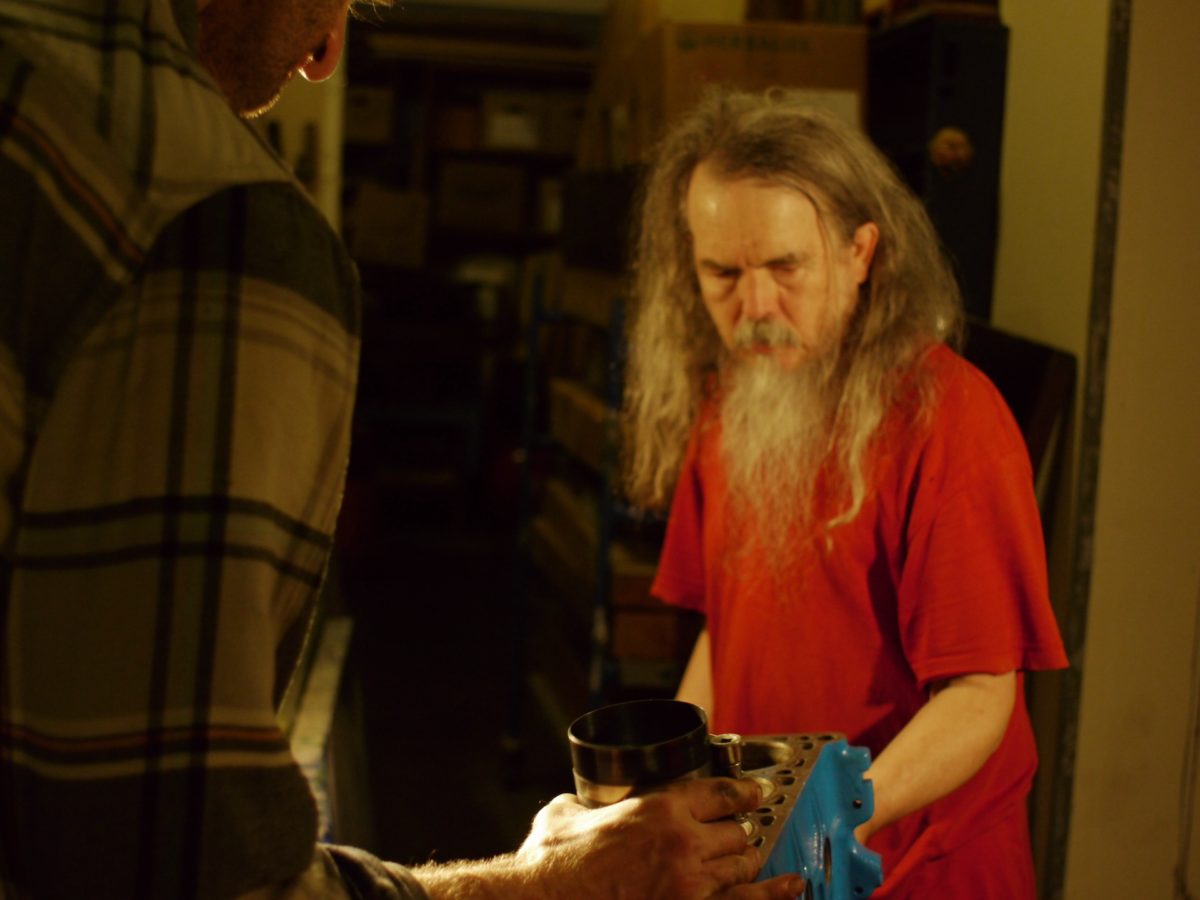
As you might expect, it felt better to drive than ever. I got a taste of what it felt like to drive that car new off the lot. And I think it is a swell drive.
I probably enjoyed a few months of trouble free driving before the next wave of mysterious issues would surface, and I would just keep myself busy resolving them.
Some time in early 2017, Kate and I decided to move out of Portland. So it just made sense to sell it and buy a truck, or van. I found a vintage Ford F-150 on Craigslist for just $700. You don’t get one of those for that price without problems. So I started all over again.
Rudy was listed on eBay because I figured there had to be someone in North America looking for a Dasher. Locally, I just got lowballed. I was right. Someone in Idaho bought it, he said he drove a Dasher in college. So I took Tony and his girlfriend together in the backseat on a drive along Skyline Boulevard, at sunset on a summer night, to give him some closure on the project.
Two days later, Rudy was on the freight truck. Meanwhile, I was already working on my new truck, Harriet, to ensure she would make it to Tucson. Little did I know that I was driving a motor that technically should not have been running. I’ll have to save that story for another day.
